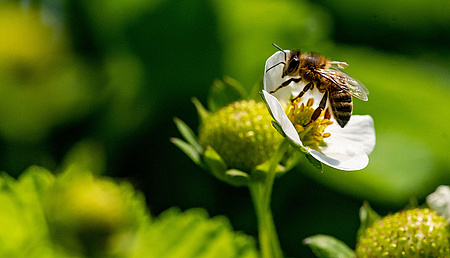
Pick your patent poison: to renew upfront or not?
In many jurisdictions worldwide, patent annuities and / or renewals become payable from the third year after the international filing date of the Patent Cooperation Treaty (PCT) application. In this respect, a distinction must be made between annuities and renewals, as annuities are payable for pending applications that have not yet been granted. Patent renewals are payable only after grant. Such fees keep the application / patent alive and are integral to the "agreement" with the relevant state for exclusive and exclusionary rights regarding the patented subject matter.
South Africa provides a practical case study of a jurisdiction where only renewals are payable. This article examines the interplay between patent examination, renewals and revocation.
South African patent law is governed by the Patents Act 57 of 1978 ("the Act") and the regulations thereto. It is much easier for a patentee to attend to the cost of renewals than South Africa's fairly complex rules regarding payment might suggest, as these standards facilitate the easy diarization of deadlines and correspond to similar provisions in many other jurisdictions. The South African Patent Office (CIPC) allocates and accepts renewal payments from the third year of the PCT filing, albeit without an obligation to pay until the patent is granted.
Given that annuities apply pre-grant, it follows that they will no longer be relevant if the application is refused or the granted patent is successfully opposed. The same is true with renewals; they are no longer payable when a patent is revoked or surrendered. So, what happens to your money if you have paid one or more of the renewals upfront? Do you get it back in the event of revocation or surrender? In South Africa, many patentees elect to pay all the renewal fees for the (desired) lifetime of the patent in advance, as this ensures its renewal status and reduces the administrative burden. The renewal fees in South Africa are comparatively low by international standards, coming to approximately $140 USD for a full twenty years of protection. However, renewal payments made in advance in South Africa are not refunded in the instance of revocation or surrender. This risk is connected to the local patent examination process in an interesting manner.
Measure twice, cut once?
A substantive search and examination (SSE) is the gold standard for examination procedures in many countries worldwide but is not used in South Africa. During an SSE, a qualified patent examiner considers the merits of the application anent its innate patentability and enters into dialogue with the patentee. In other words, whether the subject matter meets eligibility requirements in terms of novelty and inventive step (non-obviousness) is considered as well as the issue of unity of invention (applicable in some jurisdictions). The burden of costs in an SSE jurisdiction rests with the patentee, who must convince the examiner as to the patentability of the invention. In theory, an SSE system provides for a cleaner patent register as patents must pass muster to be registered. In turn, this means granted patents are much harder to revoke on substantive grounds, i.e., novelty and inventive step.

The lack of a substantive examination in South Africa does not mean less care needs to be taken in filing a patent application. Not only is a poorly drafted patent much less likely to withstand a third-party challenge, it might not adequately cover all the relevant aspects of your invention.
Instead, South Africa employs a formal examination (FE) system, where the application's merits are not considered at all, and the patent application will proceed to grant provided that all the correct forms are properly submitted. As a result, countries where an FE occurs may struggle with patent registers cluttered with potentially invalid and unpatentable inventions. As such, applying for a patent under these conditions is substantially cheaper as there are no costs associated with an SSE.
On the other hand, a party applying to revoke a patent in such jurisdictions bears many of the expenses related to examining the patent before a court. Though courts use cost orders to try to mitigate the financial burden of seeking redress, this is still an expenditure a revoking party would most likely not need to face in an SSE jurisdiction as the patentee is responsible for the costs of the examination.
Yet, what about the non-refund of renewal fees in the event of revocation? No SSE implies a patent register with a high proportion of potentially invalid patents, entailing a higher risk of revocation. When a patent is revoked, there is no money back on prepaid renewals in South Africa. Perhaps the savings on an SSE encourage a more cavalier attitude toward upfront payments.
A spoonful of sugar
So, when it comes to FE jurisdictions, the takeaway for applicants is to pick their poison.
The simpler, cheaper option is to ride the system and ignore the impact of an SSE on the application, risking revocation and the subsequent loss of prepaid renewals. The alternative, and possibly smarter move, is to take the results of an SSE for a parallel application in another jurisdiction and align the claims in the South African filing so that there is a much clearer indication of substantive validity and a correspondingly lower risk of revocation. Not only does this decrease the likelihood of losing prepaid renewals, but it is also the patentee's contribution to a tidier patent register!
More on pre- and post-grant amendments and amending to align with SSE claims in the future.
Filed in

地球の天然資源に対する高まるプレッシャーは、農業がより効率的で適応力のある必要を意味しており、知的財産権はこの目標を達成する上で重要な役割を果たすでしょう。



